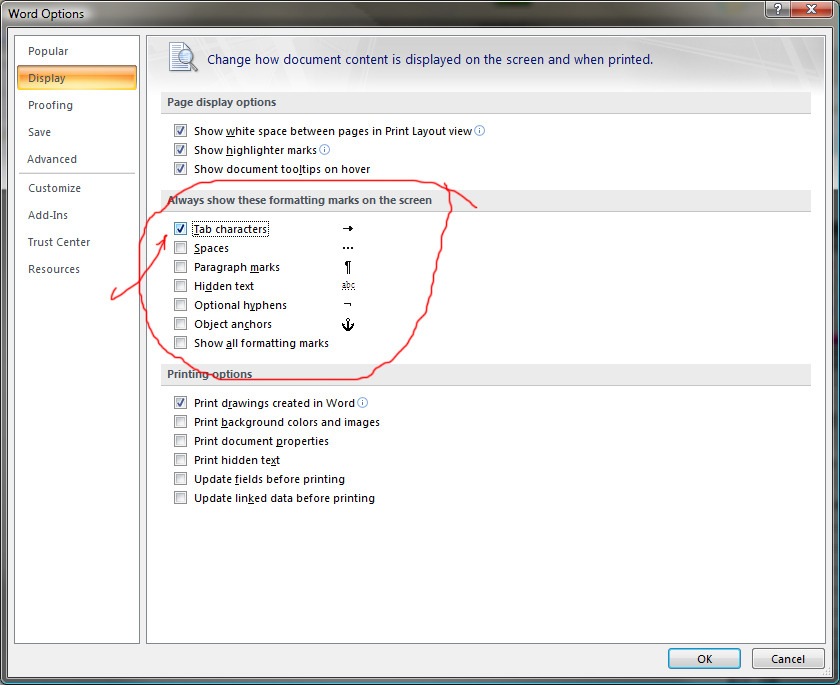
A level 4 is a section of a 3, which is a section of a 2, which is a section of a 1.įor most documents, three heading levels will do. You would not have a Heading 4 come directly after Heading 1, for example. In Word, if you change your view to “Outline,” or if you activate the “Navigation” sidebar, you will see your headings nested in a nice little list. If you have a subheading within one of these sections, those are heading 3. Next, give each section of the document a meaningful heading. The first thing it needs is a heading that describes the page’s topic. The rectangle below represents your article. Headings within a level 2 section will have Heading 3 styles. The headings of sections within the document will have Heading 2 styles. Usually, the topic heading at the top of your page will be Heading 1.
#Word for mac reveal formatting how to
Microsoft offers the following video on how to make accessible headings in Word.Ĭreate a Consistent Hierarchy without Gaps On Windows, click “ Options” at the bottom of the Styles Pane, then choose “ All styles” under “ Select styles to show.” Video on Making Headings On a Mac, change that to “ All Styles” using the “ List” menu at the bottom of the Styles Pane. By default, you will see “ Recommended” styles. Once you have the pane open, you can filter the styles you see.
#Word for mac reveal formatting windows
The Windows Styles pane can be opened with the keyboard shortcut: Alt+Ctrl+Shift+S. On Windows, click the subtle “ Styles” icon at the lower right of the Styles section on the Home ribbon. If you don’t see the heading level you want in the styles section of the ribbon, you can bring up a more complete list of styles.

You can instantly insert a table of contents for your document, complete with page numbers, all based on your headings.You can easily create consistent formatting from document to document.You will be able to change the formatting of all the headings of a given level at once.It saves a lot of time because you can apply consistent formatting to your headings throughout your document without having to choose the font, size, weight, shading, and borders each time you make a heading.Screen reader users will be able to skim the page by jumping from heading to heading.Screen reader users will be able to hear which blocks of text are headings and what level each heading occupies in the hierarchy of the page.

Why Headings Matter Benefits to Students with Disabilities Don’t just make text big, bold, or underlined.

Create headings using Word’s styles labeled “Heading 1,” “Heading 2,” etc.


 0 kommentar(er)
0 kommentar(er)
